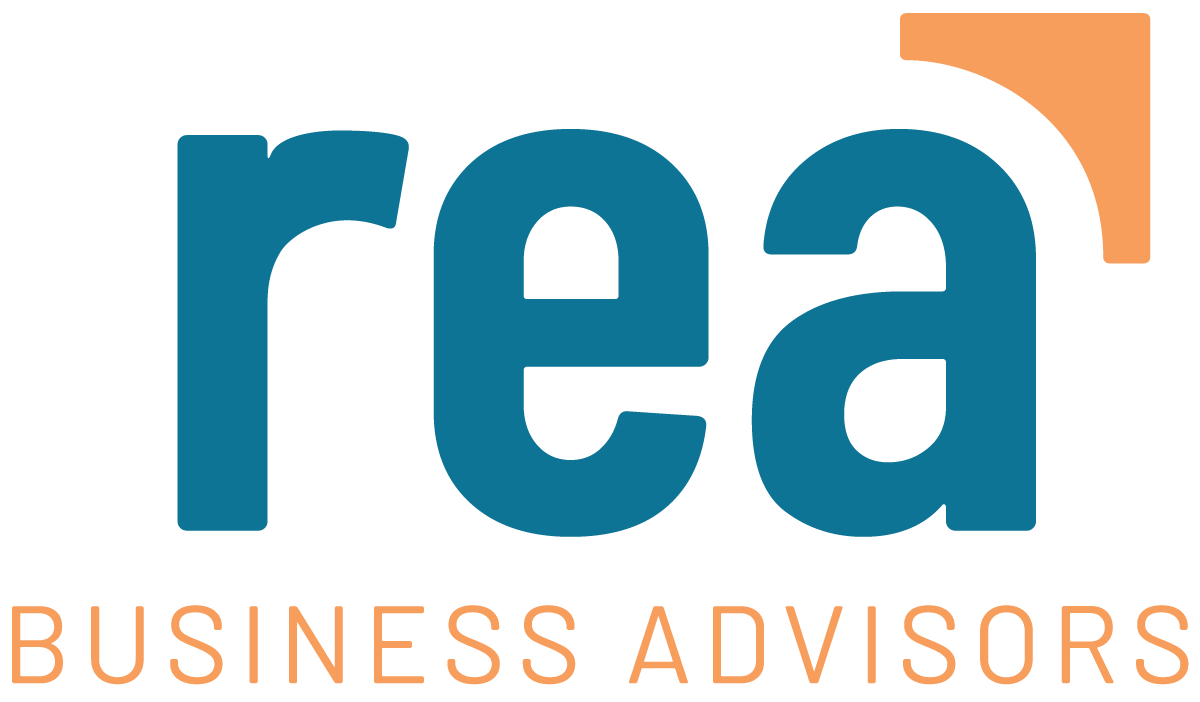
The past decade has been one of the most transformative and challenging periods for government accountants and financial employees. Since 2015, when the Governmental Accounting Standards Board (GASB) introduced Statement No. 68, a wave of new pronouncements has significantly increased financial reporting complexity. The COVID-19 pandemic further strained resources as government entities quickly adapted to remote work and service delivery. Additionally, the influx of federal stimulus funds placed additional pressure on already stretched audit and financial reporting departments.
Now, as stimulus funds diminish and budgets tighten, government entities face a workforce that’s both fatigued and depleted. While the “do more with less” approach helped weather the Great Recession, the ongoing wave of Baby Boomer retirements is creating significant gaps that technology and improved processes alone cannot fill. Today’s government leaders must focus on retaining existing talent while accelerating efforts to attract younger professionals.
Strengthening Your Current Team
Recruiting new talent requires substantial time, effort, and resources. Often, your most valuable team members are already within your organization, making retention increasingly important.
Connecting to Mission: Today’s employees—especially younger generations—value organizational purpose and want to see the tangible impact of their work on the community. Reframing common tasks can highlight their deeper significance. For instance, rather than describing work on the Annual Comprehensive Financial Report (ACFR) as simply “preparing financial statements,” emphasize how this work promotes transparency and accountability to citizens.
Fostering Workplace Culture: The adage that employees don’t leave bad jobs but rather bad managers remains true. Team members want to feel valued and see how their contributions support both their colleagues and the overall organization.
Meaningful culture goes beyond occasional office treats. Consider:
- How managers invest in their team members’ growth
- Recognition of important milestones (professional certifications, personal achievements)
- Understanding what motivates individual employees
- Adapting leadership styles to complement each team member’s needs
Implement town halls where employees can share ideas and take ownership of workplace culture. Conduct anonymous surveys to gather honest feedback and make meaningful improvements. Show employees that their opinions are valued.
Financial and Non-Financial Incentives: While competitive compensation matters, when budget constraints limit financial rewards, consider other valuable benefits:
- Flexible scheduling options
- Remote work opportunities
- Professional development funding
- Conference attendance with opportunities to share learning with colleagues
Recent surveys indicate that approximately two-thirds of employees prioritize team dynamics, intellectual engagement, and alignment between their work and personal values alongside compensation.
Attracting New Talent
With a strong existing team in place, finding the right candidates to fill vacancies requires thoughtful planning.
Update Job Descriptions: While government entities must meet specific requirements for job postings, descriptions should effectively communicate both responsibilities and desired skills. Consider whether roles require technology proficiency, data analysis capabilities, or openness to emerging tools like artificial intelligence. Ensure job descriptions accurately reflect current responsibilities rather than outdated requirements.
Focus on Mentorship: Facilitating knowledge transfer from experienced staff to newer team members is crucial. Younger professionals seek guidance and value making meaningful contributions. Work with Human Resources to develop structured mentorship programs and clear career advancement paths. Involve both veteran and younger staff in program development, then highlight these opportunities when recruiting candidates.
Recruit Where Talent Gathers: Younger generations expand their professional networks faster than previous generations—29 percent more monthly connections than millennials and 55 percent more than Generation X. Popular job-seeking platforms include Indeed, CareerBuilder, and LinkedIn.
How effectively is your government entity using social media to showcase its mission and attract talent? Is your department maintaining an active LinkedIn presence? Without strategic use of these platforms, you may miss connecting with qualified candidates.
Let’s Build Together
Today’s government entities need focused, agile approaches to retain and recruit talented professionals. Even small improvements in mission clarity and culture can strengthen existing teams while attracting ideal candidates.
At Rea, our Government accounting team understands the unique challenges facing public sector financial departments. We can help your government entity develop effective strategies while ensuring compliance with financial reporting requirements. Reach out to us if we can assist your organization during this transitional period.


